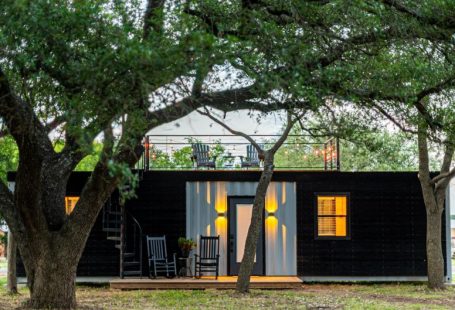In recent years, the concept of co-living spaces has seen a resurgence in urban areas around the world. These communal living arrangements provide a unique and modern solution to the challenges of rising housing costs, changing lifestyles, and the desire for greater social connections in increasingly fast-paced cities. From young professionals to digital nomads and even retirees, co-living spaces offer a diverse range of individuals the opportunity to live in a community-oriented environment that fosters collaboration, creativity, and a sense of belonging.
The Appeal of Co-living Spaces
The appeal of co-living spaces lies in their ability to address the growing need for affordable and flexible housing options in urban centers. With skyrocketing rents and property prices in many cities, traditional living arrangements such as renting apartments or buying homes have become increasingly out of reach for a large segment of the population. Co-living spaces provide a more cost-effective alternative, allowing residents to enjoy the benefits of shared amenities, such as kitchens, living areas, and workspaces, while also having the privacy of their own bedroom.
Furthermore, the social aspect of co-living is a significant draw for many individuals. In an age where digital interactions often take precedence over face-to-face communication, co-living spaces offer a return to community living, where residents can forge meaningful connections with like-minded individuals. Whether through organized social events, shared meals, or collaborative projects, co-living fosters a sense of camaraderie and mutual support that is often lacking in more traditional living arrangements.
The Rise of Co-living in Urban Areas
The rise of co-living spaces in urban areas can be attributed to several factors, including changing attitudes towards homeownership, the rise of the gig economy, and the increasing emphasis on work-life balance. For many individuals, particularly young professionals and freelancers, the idea of being tied down to a mortgage or long-term rental agreement is no longer appealing. Instead, they seek the flexibility and convenience that co-living offers, allowing them to move easily between cities or even countries without the burden of managing a property.
Moreover, the gig economy has led to an increase in the number of freelancers, remote workers, and digital nomads who require flexible living arrangements that cater to their unique lifestyle. Co-living spaces provide these individuals with a supportive community, access to essential amenities, and a ready-made network of contacts, making it easier for them to thrive in their chosen profession while also enjoying a fulfilling social life.
The Future of Co-living Spaces
As the demand for co-living spaces continues to grow, developers and investors are taking notice and investing in innovative projects that cater to this emerging market. From purpose-built co-living buildings to retrofitted warehouses and office spaces, the future of co-living is bright and full of possibilities. With an emphasis on sustainability, technology, and community engagement, the next generation of co-living spaces promises to redefine the way we live and interact with one another in urban areas.
In conclusion, the comeback of co-living spaces in urban areas represents a shift towards more collaborative, affordable, and socially connected living arrangements. By offering a blend of affordability, flexibility, and community, co-living spaces are revolutionizing the way we think about housing and urban living. As cities continue to grow and evolve, co-living spaces are poised to play an increasingly important role in providing individuals with a sense of belonging, purpose, and fulfillment in an increasingly fast-paced and interconnected world.





